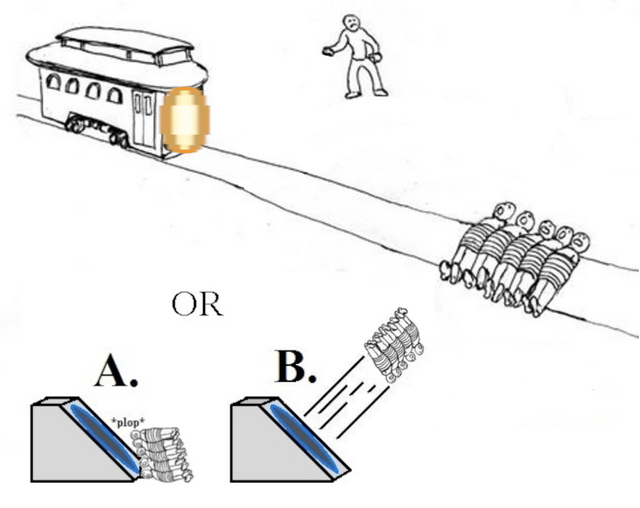this post was submitted on 18 Aug 2023
924 points (97.0% liked)
Memes
52819 readers
1008 users here now
Rules:
- Be civil and nice.
- Try not to excessively repost, as a rule of thumb, wait at least 2 months to do it if you have to.
founded 6 years ago
MODERATORS
you are viewing a single comment's thread
view the rest of the comments
view the rest of the comments

Considering that portals are quite literally linked in a spatial manner, it would make sense that they physically cannot move independantly. Moving the orange portal would also move the blue portal. Or from a different perspective: the portals are always fixed in space, but their surrounds can move.
But that does not make the question shown here untestable. It just means the output portal will have a velocity of it's own.
How to test: place 2 portals next to each other on a wall. Then apply propulsion gel in front of the orange portal. And finally move yourself at high speed through the orange portal.
If your speed is unchanged after exiting the blue portal, but your velocity has been inverted with respect to the direction that the wall is facing, we can conclude option B must hold.